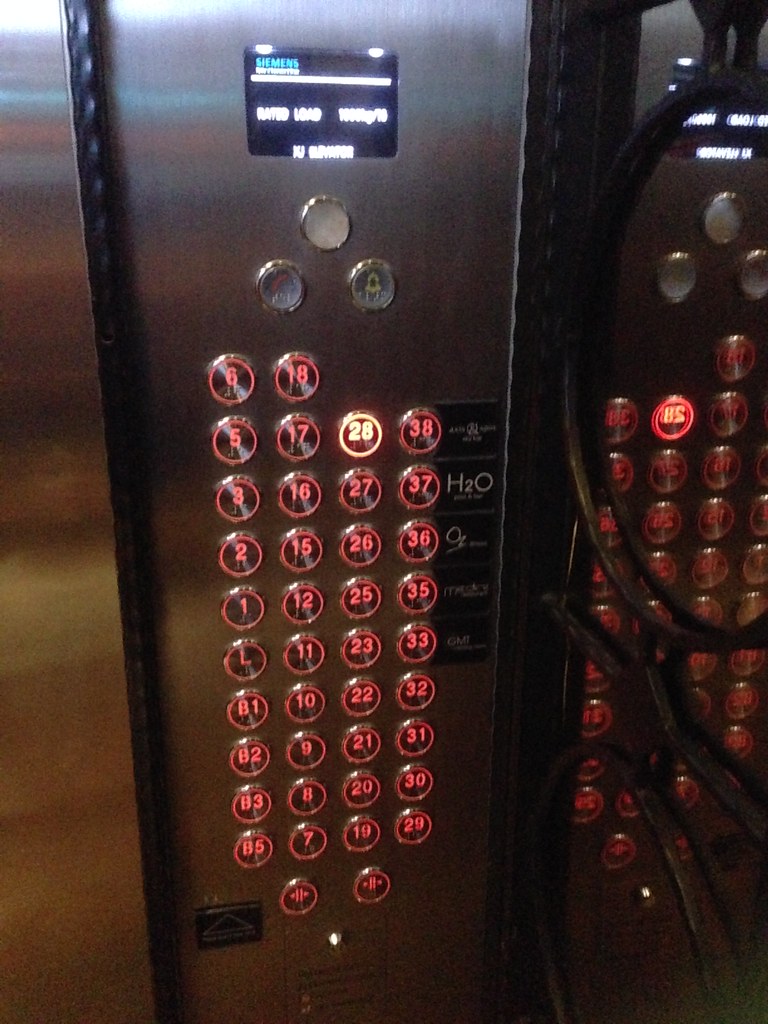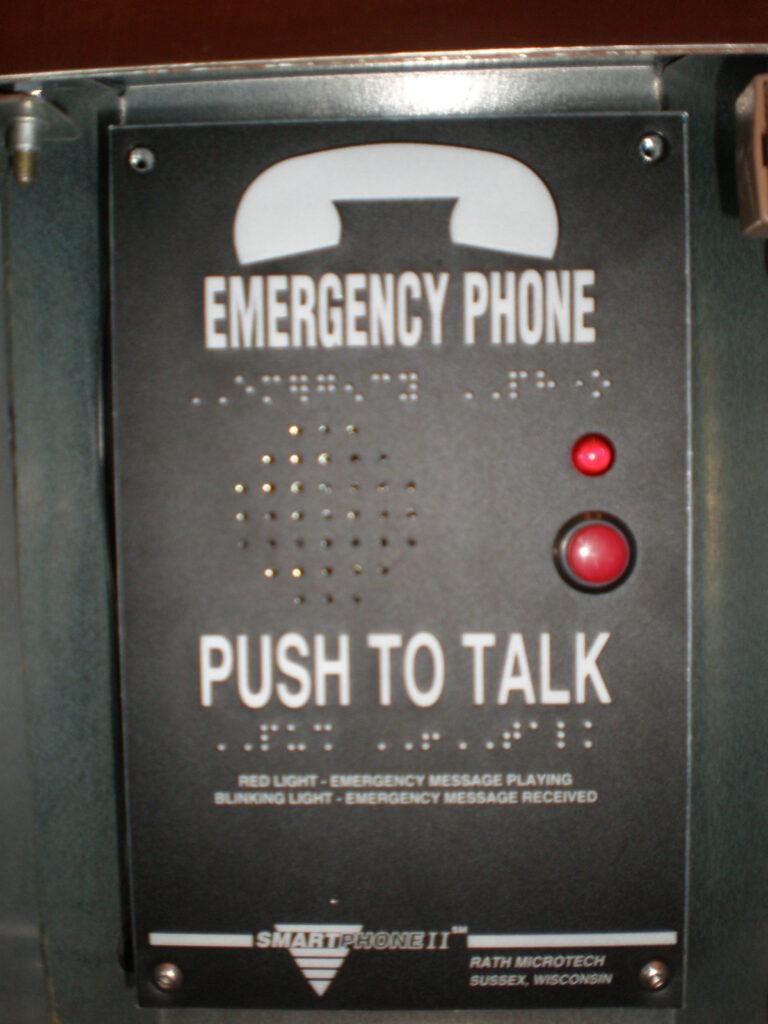
Imagine this scenario: you’re in an elevator, smoothly gliding up or down, when suddenly it jolts violently. The elevator begins to plummet unexpectedly, and your heart races as you try to grasp the situation and maintain control. What should you do in this moment of panic? First, it’s essential to recognize that elevators are equipped with multiple safety mechanisms designed to protect passengers. Despite the terrifying prospect of a falling elevator, statistics reveal that elevators are generally safe transportation options, with accidents being less likely than falls down the stairs. Modern elevators boast advanced safety features, including robust steel cables, pulleys, and backup systems to ensure passenger safety. For instance, traction elevators, commonly found in high-rise buildings, utilize several cables, each capable of supporting the weight of the car independently. Moreover, if an elevator descends too quickly, a governor triggers emergency brakes to halt its fall safely. Familiarizing yourself with these mechanisms can provide a sense of reassurance during a crisis.
Now, let’s address the crucial question: if you find yourself in a free-falling elevator, can you save yourself by jumping at the last moment? The consensus among experts is clear: attempting to jump is not as effective as one might hope. When the elevator falls, you are also in free fall, making any attempt to jump minimally effective. The speed at which the elevator descends means that even the best jump would only reduce your impact velocity by a couple of miles per hour. In fact, jumping too early could exacerbate injuries by causing you to hit your head on the ceiling or misjudge your landing. Instead, the focus should be on protecting your body to absorb the force of impact effectively.
In the unfortunate event of a falling elevator, it is crucial to follow these steps for your maximum safety: First, press every button inside the elevator to alert the system and potentially engage an emergency stop. While this action may appear insignificant, it serves to activate the elevator’s safety systems. Next, position your body wisely; experts advise pressing your back and head against the wall of the elevator. Bend your knees slightly to brace for impact — this will help absorb the shock when you strike the ground. The rationale is straightforward: a bent posture can disperse the force across your body more evenly than a rigid one, significantly affecting your survival chances. Since you cannot predict how far the elevator will fall or how abruptly it will stop, being mentally and physically prepared for any scenario will increase your chances of making it through.
It’s also crucial to protect your head and neck. If possible, use your arms to shield your head as you brace for impact. Head injuries are often the most severe outcome of falls, so mitigating the risk to this area is vital. Additionally, trying to lie flat on your back may provide better protection against debris and help distribute the force of the impact. In essence, you’re attempting to make your body a larger surface area to better manage the sudden stop.
Though the thought of plummeting in an elevator can induce sheer terror, it’s important to keep in mind that these incidents are rare. Elevators are built with multiple safety features aimed at preventing free falls. However, if you ever find yourself in a situation where an elevator begins to drop unexpectedly, staying calm and adhering to the guidelines above can greatly improve your chances of survival. In the following sections, we will delve into practical measures you can adopt should you encounter this alarming situation.
When confronted with the daunting possibility of being in a falling elevator, what steps can you take to safeguard your well-being? While it’s crucial to acknowledge that modern elevators come equipped with a plethora of safety features designed to avert such disasters, having a plan in place is always wise. Here are some actionable strategies to consider if you ever find yourself experiencing this unfortunate event.
1. Remain Calm and Assess the Situation
The first and most crucial thing to do is to stay calm. Panic can cloud your judgment and hinder your ability to think clearly. Take a deep breath and assess the situation. If the elevator is moving erratically, it’s vital to remember that most incidents are not as catastrophic as they seem. Modern elevators are built with multiple safety mechanisms that are designed to protect passengers even in extreme situations.
2. Press All the Buttons

As soon as you recognize that the elevator is falling, press the buttons for every floor. Although this might seem like a desperate attempt, it activates emergency protocols within the elevator system. In certain cases, this action might engage the braking system or notify maintenance personnel about your situation. Additionally, it serves as a productive distraction from the overwhelming fear of falling, helping you focus on a proactive response.
3. Position Your Body for Impact
If the elevator is indeed falling, positioning your body correctly can significantly influence your chances of survival. Experts suggest positioning your back and head against the elevator wall, bending your knees slightly. By maintaining this posture, you prepare your body to absorb the shock of the impact more effectively. The idea is simple: a bent posture distributes the force of impact more evenly across your body, reducing the likelihood of severe injury.
4. Protect Your Head and Neck
Head injuries are one of the most serious outcomes of falls, so it’s vital to protect this area. If possible, use your arms to shield your head as you brace for impact. Additionally, lying flat on your back may also be beneficial, as it can help distribute the force of the impact over a larger surface area, decreasing the risk of critical injuries. This orientation provides better support for your spine and long bones, which can be essential during an abrupt stop.
5. Avoid Jumping

Many people wonder whether jumping just before the elevator hits the ground could reduce their chances of injury. However, the general consensus among experts is that attempting to jump in a falling elevator is not effective. While a well-timed jump might theoretically reduce your impact velocity by a small margin, the reality is that the speed at which the elevator is descending makes any jump nearly inconsequential. Moreover, jumping too early can lead to serious injuries, including hitting your head on the ceiling of the elevator.
6. Keep Your Feet on the Ground
While you may be tempted to lie down flat, it’s essential to maintain contact with the floor of the elevator. Position your feet firmly on the ground to retain your stability. Being grounded can help you brace yourself better for the impending impact. Lowing your center of gravity can also provide you with a sense of balance and control amid a chaotic situation.
7. Prepare for Impact
As the elevator nears the ground, it’s important to brace for the impact. You may instinctively feel the need to tense up, but try to relax your muscles as much as possible. A stiff body can lead to more severe injuries. Instead, keep your body loose so that as the elevator hits the ground, your muscles can better absorb the shock.
8. Post-Impact Awareness
After the elevator comes to a stop, take a moment to assess your condition before moving. If you’re able, check yourself for injuries and make sure you are not in a dangerous position. If the elevator doors do not open, remain calm and wait for help.
9. Signal for Help
If you are stuck in the elevator after the fall, use the emergency communication system if available. Most elevators are equipped with a phone or an intercom that directly connects to emergency services. If the system is not operational, attempt to make noise to attract attention from anyone nearby.

10. Seek Immediate Medical Attention
No matter how you feel after the incident, seeking medical attention is a prudent step. Adrenaline can mask injuries, and symptoms may not be immediately visible. A medical professional can conduct a thorough evaluation to ensure that you have not sustained any underlying injuries that require attention.
While the experience of being in a falling elevator is undoubtedly frightening, it is essential to remember that such incidents are rare. Modern elevators are designed with multiple safety mechanisms and protocols to protect passengers. However, knowing how to respond in such a situation can enhance your chances of survival and minimize the risk of injury. By following these practical steps and maintaining a calm demeanor, you can navigate this harrowing experience with greater confidence and safety.

Being informed about elevator safety can empower you to make proactive choices that may save your life. It’s vital to remain calm, press all the buttons, strategically position your body, and effectively protect your head and neck. While it’s always best to hope for the best in any situation, being prepared for the worst can significantly influence your outcome when it matters most. Remember, elevators are generally safe, and with the right knowledge about emergency protocols, you can feel a greater sense of security as you step inside one.
Related posts:
I’ve always wondered: If you’re in a falling elevator, can you really save yourself by jumping?
List of elevator accidents
How to Survive an Elevator Free Fall




